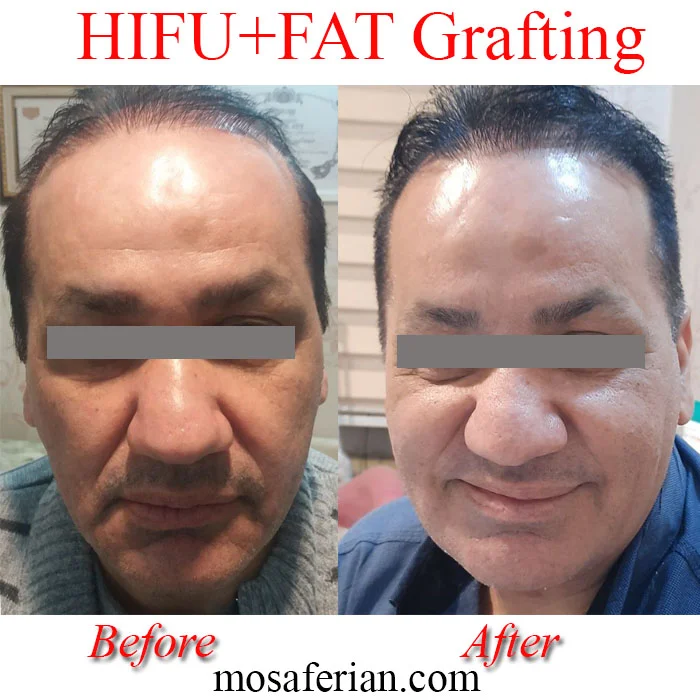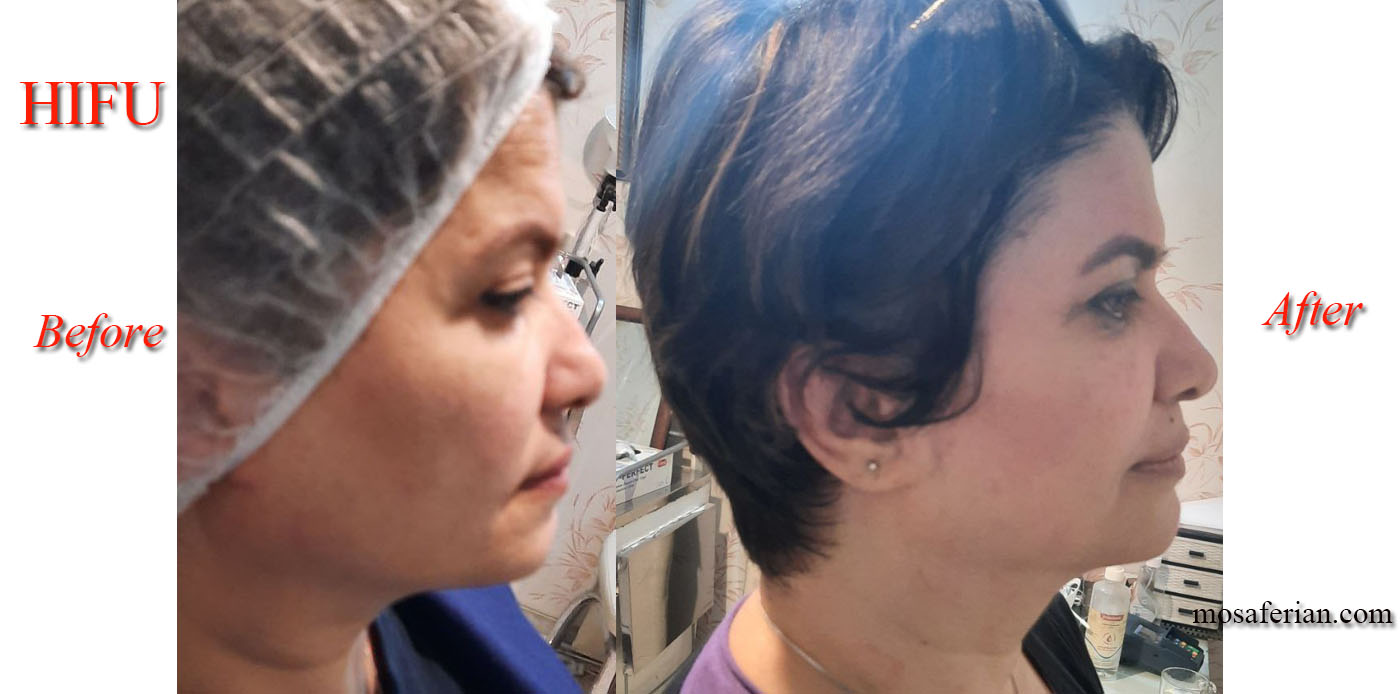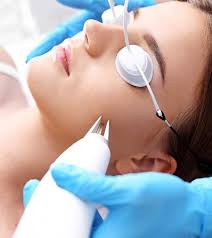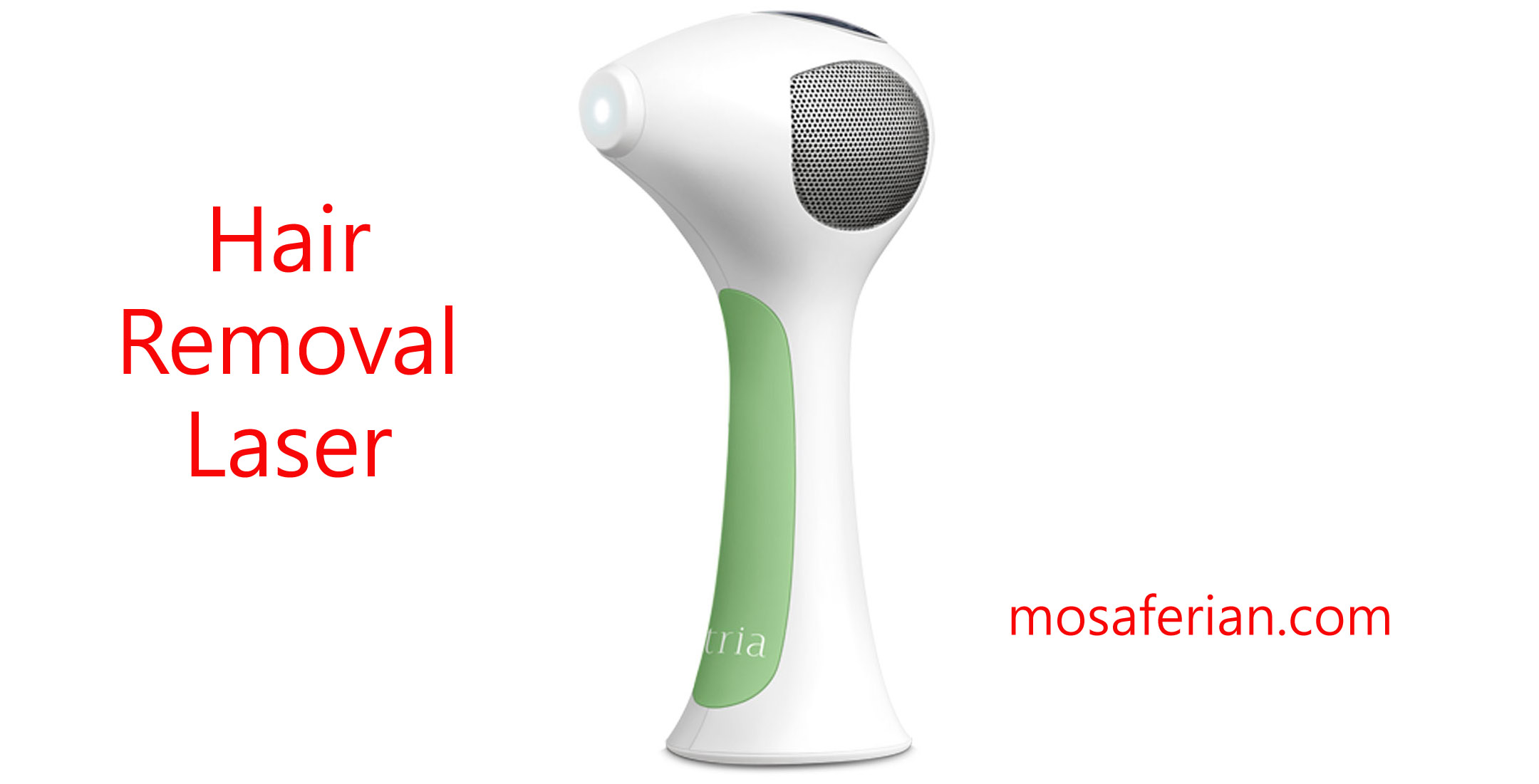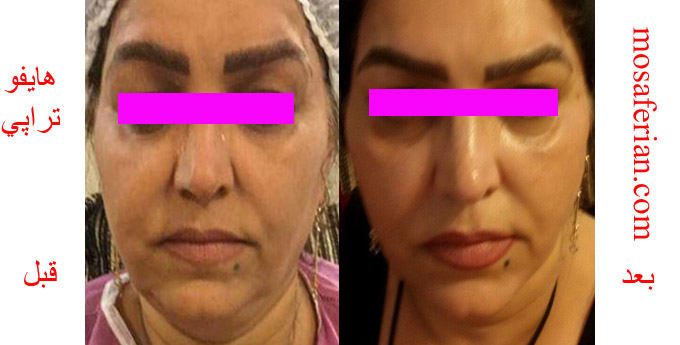Category: laser
-
HIFU Treatment Pros And Cons❤
What is HIFU treatment Hifu treatment (high intensity focused ultrasound) lifts and tightens skin for a non-surgical face lift and neck lift. Since its release in 2012, Ulthera (Ultherapy) has been quickly growing in popularity with experts worldwide as an advanced HIFU device. hifu treatment areas Ulthera is FDA-approved to lift the skin on the…
-
Skin Repair After Acne
What is the best vitamin for skin repair and elasticity? There are three main vitamins that help your skin stay elastic by protecting it from the sun, according to a May 2015 study in Biomolecules & Therapeutics: vitamin A, vitamin E and vitamin C. All three are antioxidants, although they play different roles in skin repair.…
-
Sun Tanning Tips For Pale Skin In 2024
What is sun tanning? Sun tanning is the process by which the skin pigment (melanin) increases in the skin after exposure to the sun leading to a darkening effect. This is the natural defence process of our body when it is exposed to sunlight. It helps protect your skin from the sun like a shield. People…
-
Ultherapy Body Contouring In 2024
What is ultherapy body contouring? Ultherapy is the only non-invasive treatment cleared by the FDA for lifting the skin on the neck, chin, and brow, and improving lines and wrinkles on the décolletage. Ultherapy uses microfocused ultrasound to lift and tighten loose skin over time. Ultherapy body contouring is the most effective non-surgical body sculpting treatment…
-
❤10 Years Rejuvenation With Ultherapy In 2024
What is Ultherapy? Ultherapy uses high intensity focused ultrasound (HIFU) to provide a lifted, firmer, smoother-looking appearance. The treatment bypasses the surface of the skin to deliver the right amount of ultrasound energy at the right depths and the right temperature. This energy triggers a natural response under the skin, jumpstarting the regenerative process that produces fresh,…
-
Laser Treatment For Acne Scars In 2024😎
Laser treatment for acne scars Laser treatment for acne scars is a procedure that uses a wand-like laser instrument to remove the upper layers of skin from acne scarring. It is sometimes referred to as “laser peeling” since it removes old skin cells in order to reveal newer, more youthful cells. Ablative laser resurfacing…
-
Hair removal laser photos❤
Hair removal lasers are useful for removing unwanted hair from the face, leg, arm, underarm, bikini line, and other areas. Hair removal laser is a treatment that uses lasers to target the roots of hair beneath the surface of the skin. Though it’s not guaranteed to be permanent, a majority do experience permanent hair removal…
-
FACE LIFT NON-SURGICAL BEFORE AND AFTER PHOTOS IN 2024❤
Face lift High-intensity focused ultrasound (HIFU) lifts and tightens skin for a non-surgical face lift and neck lift. Since its release in 2012, Ulthera (Ultherapy) has been quickly growing in popularity with experts worldwide as an advanced HIFU device HIFU (High-Intensity Focused Ultrasound) which is the new technical for face lifting and tightening. HIFU is…

